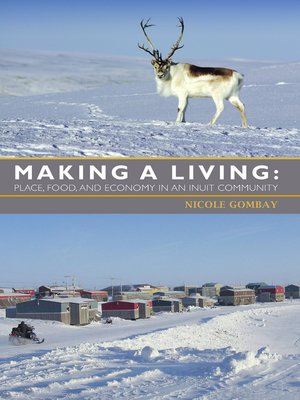
Sign up to save your library
With an OverDrive account, you can save your favorite libraries for at-a-glance information about availability. Find out more about OverDrive accounts.
Find this title in Libby, the library reading app by OverDrive.



Search for a digital library with this title
Title found at these libraries:
| Library Name | Distance |
|---|---|
| Loading... |
Although food is vital to our daily lives, we tend to be unaware of the particulars of where it came from and how it was produced. We simply go to the market and buy what we need in neatly packaged containers. But what was required to get that food there in the first place? In some societies obtaining food is not merely a matter of going to market. Instead it involves the active participation of community members in its harvesting, distributing, and sharing so that ideally no one goes without. Such is the case of many Indigenous communities, including Puvirnituq, the Inuit settlement in Northern Quebec that is the setting for this book. Until recently, most residents of this Arctic village essentially made their living off the land. Successful hunting, fishing, trapping and gathering, so vital to people's survival, were underpinned by the expectation that food should be shared. As the Inuit were in some cases drawn and in others forced to move into settlements, they have had to confront how to accommodate their belief in sharing to the demands of a market economy. Using the commoditization of country foods harvested from the local environment as a vehicle, the author documents the experiences of some Inuit as they strive to retain the values rooted in life on the land while adjusting to the realities of life in settlements. In this thoughtful and well-researched book, the author documents her experiences and personal reactions while living in Puvirnituq. Quoting local residents and drawing upon academic literature, she explores how some Inuit are experiencing the inclusion of the market into their economy of sharing. While the subject of the study is the Inuit community of Puvirnituq, the issues the author addresses are equally applicable to many Indigenous communities as they wrestle with how to incorporate the workings of a monetized economy into their own notions of how to operate as a society. This book will be of interest to any who are concerned with the struggles of maintaining local values in the face of market forces.







